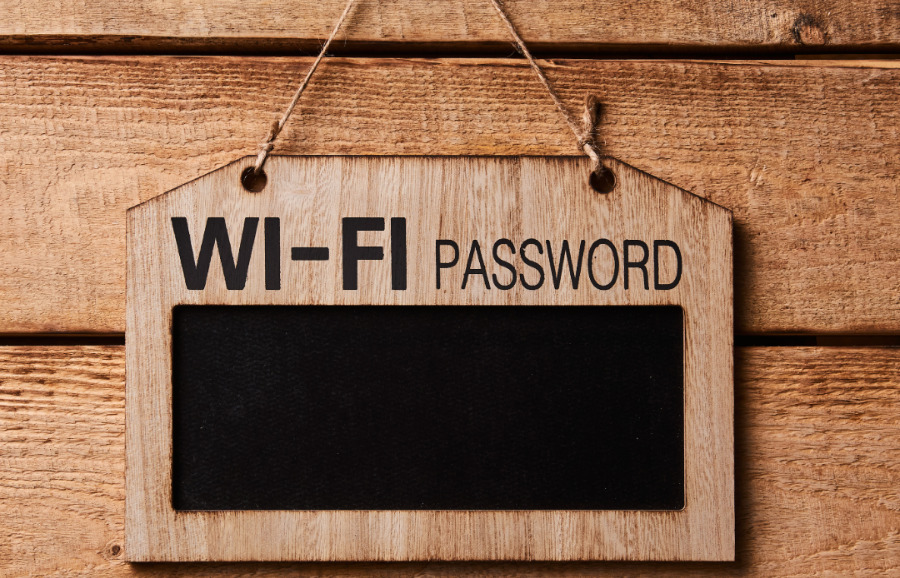
Wireless networks are convenient, but convenience can come with exposure. As a business owner, knowing the most common WiFi risks businesses face, why they matter, and practical steps you can take right away to reduce risk and keep operations running will be of great benefit.
Top risks business WiFi faces
Why these risks matter to your business

- Data loss and compliance exposure — Customer records, payment data, and employee information are at stake, creating legal and financial fallout.
- Operational downtime — Infected systems and ransomware can halt sales, scheduling, and customer service.
- Brand and customer trust — A security incident damages reputation and customer confidence beyond the immediate recovery window.
- Hidden costs — Recovery, fines, missed revenue, and higher insurance premiums add up faster than the cost of prevention.
Practical mitigations that make the biggest difference
Network design and segmentation
- Create separate VLANs for guest WiFi, staff devices, POS systems, and IoT; keep critical assets off public traffic.
- Enforce strict firewall rules between segments so a device on one VLAN cannot reach sensitive systems on another.
Strong authentication and encryption
- Use WPA3 or WPA2 Enterprise with RADIUS where possible; avoid pre‑shared keys for business networks.
- Eliminate default credentials on all network devices and use long, unique admin passwords or certificate‑based authentication.
Device hygiene and lifecycle
- Keep firmware up to date on access points, controllers, switches, and routers; schedule regular maintenance windows.
- Replace legacy hardware that no longer receives security updates.
Access control and endpoint management
- Implement network access control (NAC) to validate device posture before granting access.
- Use Mobile Device Management (MDM) or endpoint management for company devices to enforce security policies and updates.
Visibility and monitoring
- Enable centralized logging for WiFi controllers and access points; forward logs to a SIEM or managed monitoring service.
- Use wireless intrusion detection (WIDS) to spot rogue APs and unusual behavior quickly.
Guest access and user education
- Isolate guest WiFi with a captive portal and strict rate limits; never allow guest access to internal systems.
- Train staff on phishing, safe WiFi practices, and how to recognize suspicious networks or devices.
Incident readiness
- Run tabletop exercises for wireless incidents and include steps for containment, recovery, and communication.
- Have a remediation plan that includes network quarantine procedures and device reimaging steps.
Practical mitigations that make the biggest difference
Securing business WiFi is straightforward when you focus on segmentation, strong authentication, consistent patching, and clear visibility. Now if this was easy or even an all-inclusive package for WiFi manufacturers, many businesses would be a lot more protected than they are today. It’s just not the case. For a prioritized, practical plan, request a free IT audit to identify critical exposures and receive a clear remediation roadmap you can act on immediately.


